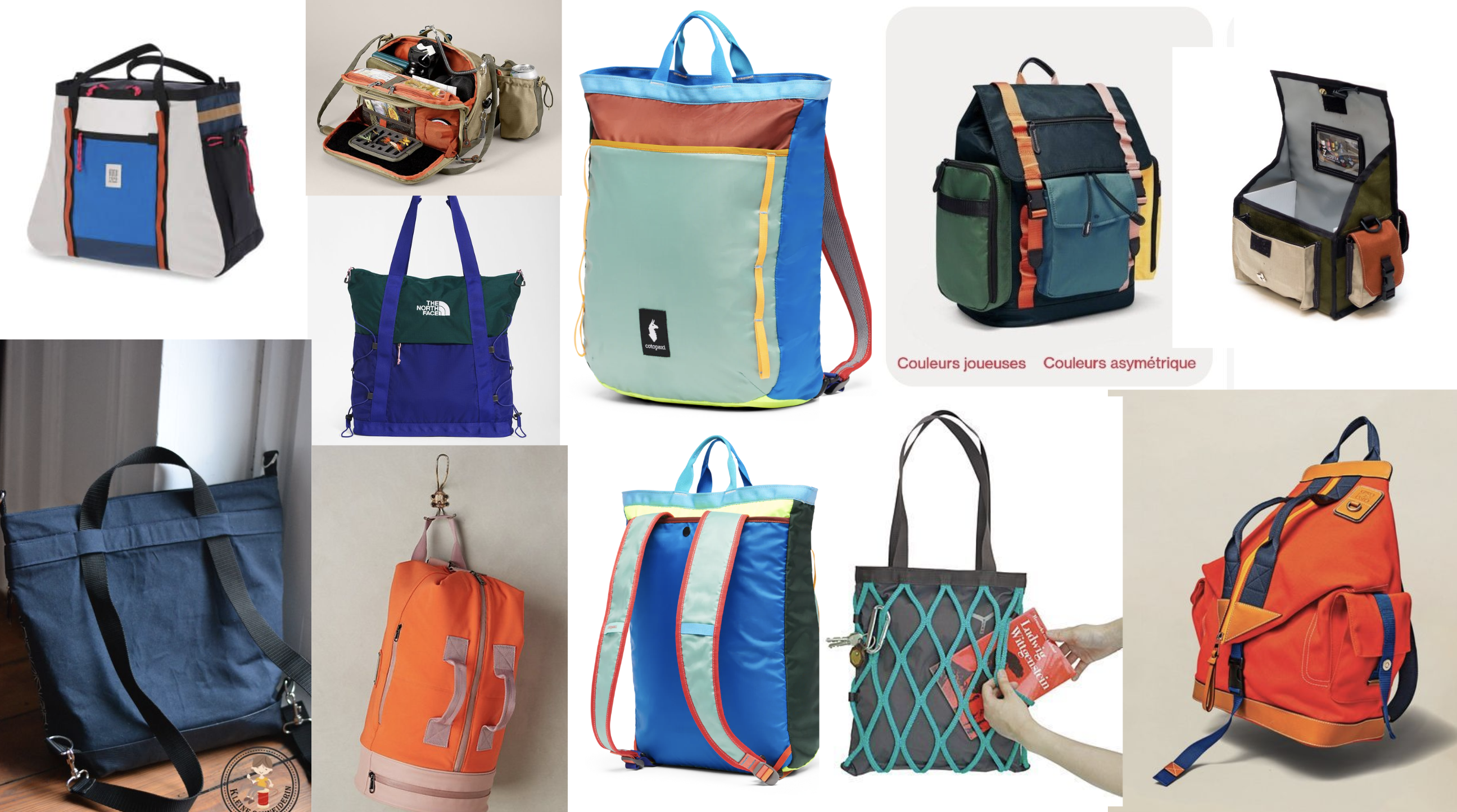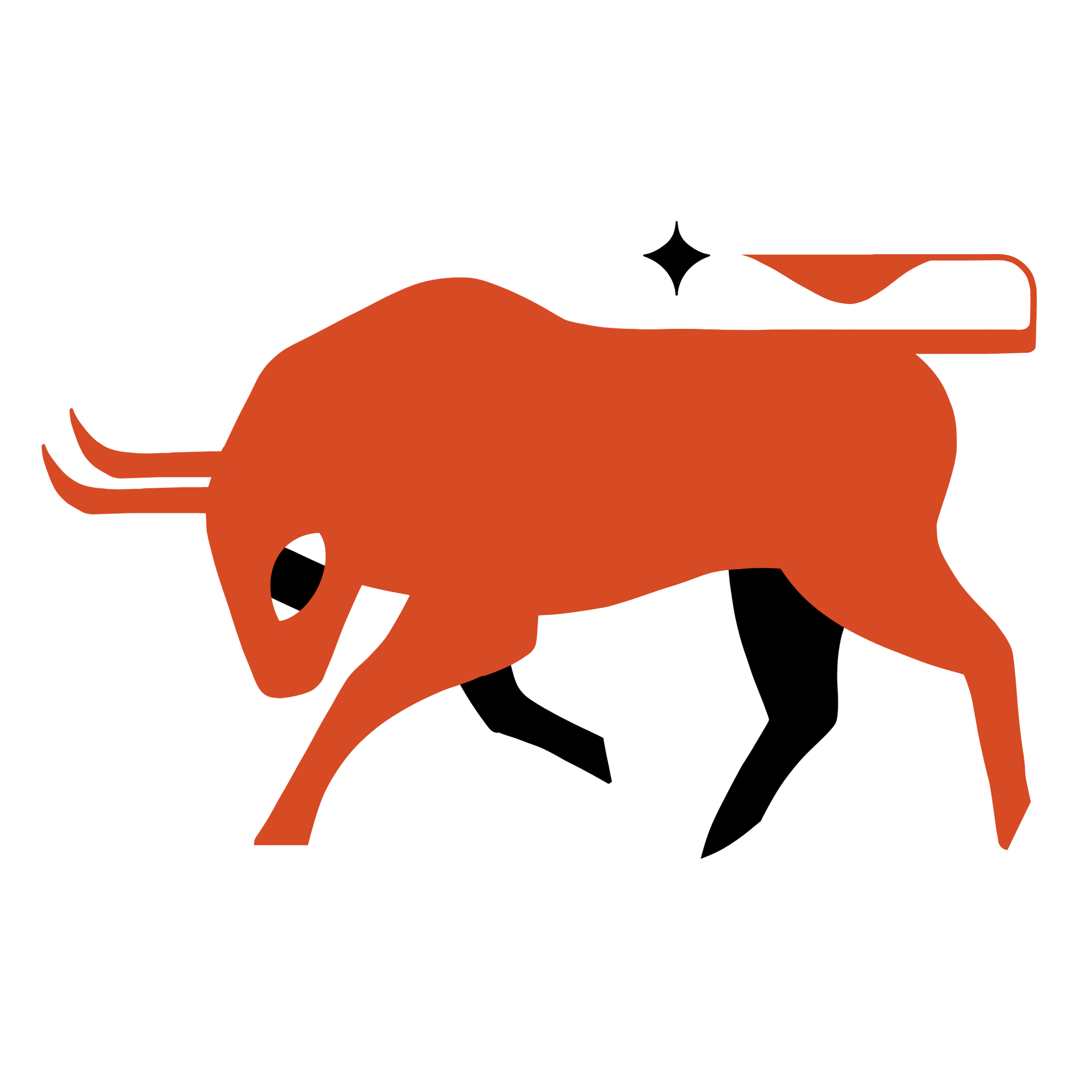
(2024)
from summit to shore
Creating a bag from pattern to production and manufacturing.
Hobie is durable, versatile and large-capacity. This bag is transformable between tote and backpack to suit your everyday adventures.
WATERPROOF POLYESTER
HEAVYWEIGHT SCRIMTECH COATED VINYL
BREATHABLE NYLON







My intention with this bag was to be for the "everyday" adventurer, an archetype I see often in Vancouver. This is the person who has an office job during the week and finds themselves in a kayak or on a mountain on the weekends, yet uses the same bag for both activities.
To do this, I wanted to use extremely durable materials (I even picked out a yellow material that is often used for kayak bodies), allowing for a lot of space without being bulky, and include details for work life (a laptop pocket) and adventure life (oversize elastic storage for things like hiking poles)


PROCESS


From these sketches, I made a 1:1 card model. This gave me a lot of information about what did and didn't work for the pattern and how the bag felt in real life. It also gave me a basis for my order of operations in my first prototype.


The first prototype involved much trial and error with the order of operations, as I worked through what should go together and when.
I passed Hobie mock 1 around to testers to iron out any kinks, asking them to use it for day-to-day work, hiking, walks in the rain, and anything else they found themselves doing throughout the week. This provided me with insight on the bags strengths and weaknesses to adjust for the second prototype.



From all of this testing, I noted weak points in the bag, particularly in the webbing loops, shape, and proportions. This informed major strengthening adjustments in the final pattern.
This prototype was my first time working with technical fabrics and heavyweight sewing machinery. At times it was challenging to use these tools, especially with fabrics that leave holes with each stitch that is made, but ultimately I fell in love with the way the outcomes feel, which makes it worth the extra effort.

The final steps included documenting the manufacturing specifics before constructing the final prototype.
All aspects of the final bag are considered for mass production, including the pattern creation, bill of materials and tear sheets. Through this process, I learned what the specifics are that go into a textiles package for manufacturing and how to apply these processes to my work.













